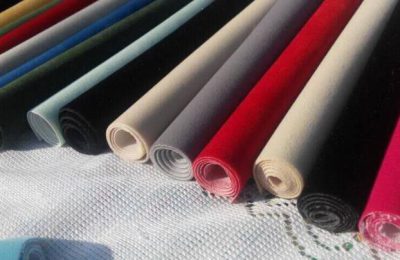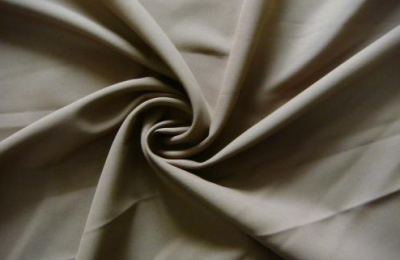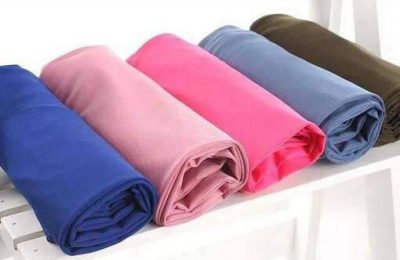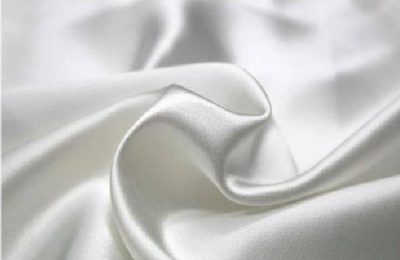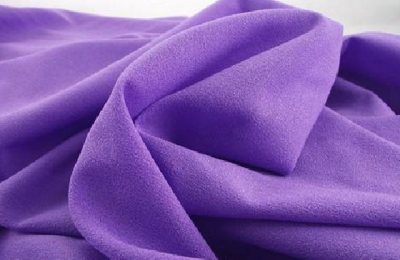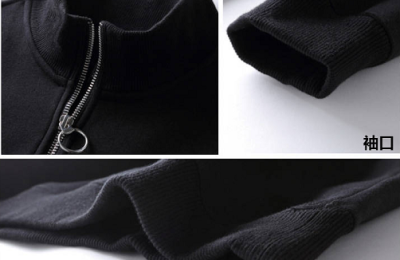We refer to various types of silk fabrics (real silk, printed silk, etc.) as satin, because there are many types of silk fabrics. Let’s list a few of our more common satins, and introduce their advantages and disadvantages as well as washing methods.
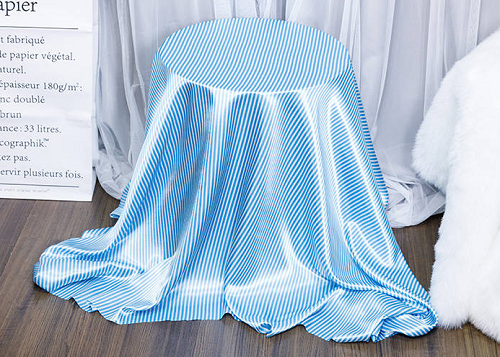
Real silk: This is a kind of satin produced from silk as raw material. The advantage of real silk is that the fabric is very skin-friendly and has the smallest friction coefficient on human skin. This kind of fabric has a very comfortable wearing experience after being made into clothing. Secondly, the fiber of silk has a porous structure, which means that silk satin has excellent breathability and moisture absorption, and will have a good drape when used to make a dress. The disadvantage of silk is that it is more troublesome to take care of the fabric. Clothes are prone to snagging and damage. Washing will cause the fabric to shrink, so in most cases it is dry-cleaned.
Rayon silk: Satin made from rayon (rayon) is called rayon silk. The raw material of rayon is generally cellulose. Human silk has good wear resistance, the fabric will not be static and will not pill after washing. The key is that the price is much lower than other satins. The disadvantage is that the fabric fades and shrinks easily, which will affect the appearance of the fabric after being worn for a long time.
Synthetic fiber silk: This is a kind of silk and satin made of synthetic fiber. Synthetic fiber mainly refers to chemical fibers such as polyester and acrylic fiber. First of all, the price of silk and satin made of synthetic fiber will be very high. Advantages, secondly, synthetic fibers have strong elasticity and wear resistance, and synthetic fiber silk clothes are wear-resistant and not easy to be damaged. However, the shortcomings of synthetic fiber silk are also obvious, that is, the fabric has poor moisture absorption and breathability, and the fabric will feel stuffy after being worn.
Interwoven silk: Interwoven silk is a silk made by interweaving and blending two fibers. Generally, silk and other chemical fiber blends are used. The specific advantages and disadvantages of this kind of satin are determined by the interwoven components. Silk and satin The overall quality is between silk and synthetic silk.
As for how to wash satin fabric, we have to decide based on its specific composition. Silk can only be dry cleaned. Other silks and satins can be washed, but be sure to use a detergent specifically designed for silk fabrics. The force should be moderate during washing and the washing time should be shortened as much as possible.
The above types of silks and satins are relatively common. Various types of silks and satins are also sold in the mall. Friends who are interested in silks and satins can check the styles and prices in the mall.



